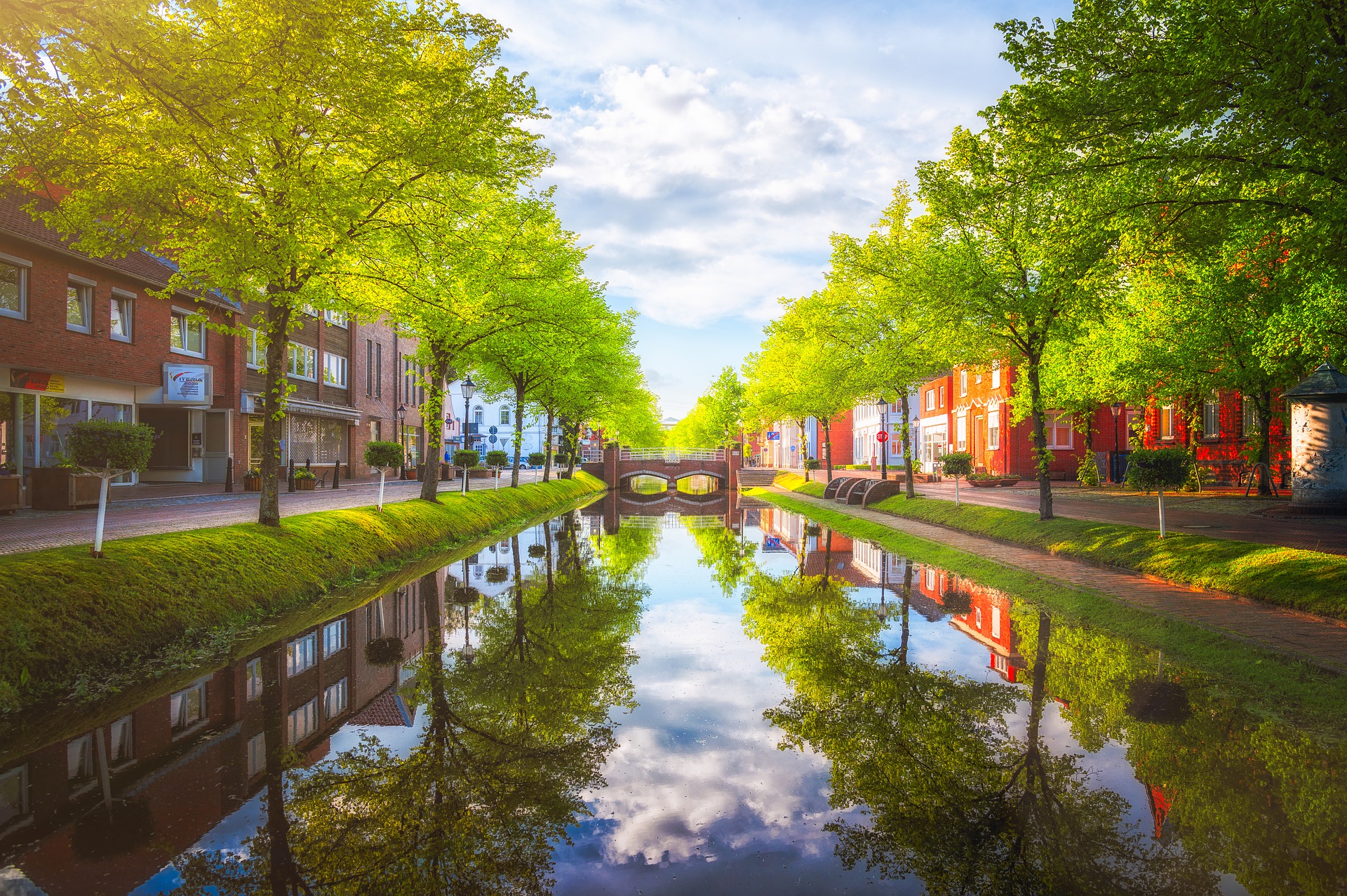News release
From:
Environment: Trees keep European cities cooler in hot weather
Areas in European cities with trees are approximately 2–4 times cooler than urban green spaces without trees, suggests a study published in Nature Communications. The findings provide further insights into the differences between tree-rich and treeless green spaces, and their effects on cooling land surface temperature.
Previous research has highlighted how trees can mitigate urban heat and its associated health impacts. Trees predominately reduce urban temperatures via shade and transpiration. However, our understanding of how trees affect urban heat in comparison to treeless green spaces, and in different climates is limited.
Jonas Schwaab and colleagues compared temperature differences between urban areas with trees, treeless urban green spaces and built-up areas, based on satellite data of land surface temperature and land-cover for 293 European cities. Additionally, the authors also calculated land surface temperature differences between rural pastures, rural forests and built-up areas, which are also denoted as urban fabric. The authors found that urban areas with trees had temperatures approximately 2–4 times lower than treeless urban green spaces. They also found that compared to continuous urban fabric, land surface temperatures observed for urban areas with trees are on average 0–4 kelvin lower in southern European regions and 8–12 kelvin lower in Central Europe. The authors also indicate that while urban trees and rural forests have the potential to cool urban areas in all European regions, rural pastures and treeless urban green spaces have, in some instances, a small warming effect compared to urban areas in regions of Southern Europe.
Schwaab and co-authors conclude that their finding highlight the potential of trees to help to mitigate urban heat in Europe.



 International
International



